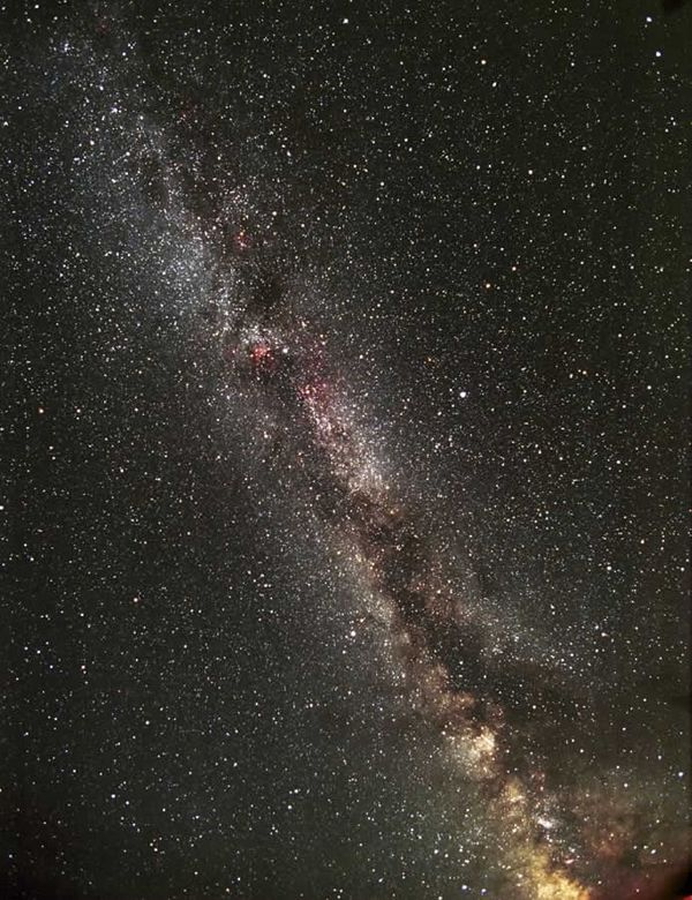Overview
Dark matter makes up the majority of matter in the universe, and yet fundamental questions remain about its nature. The abundance and density profiles of dark matter halos depends directly on the physics of the candidate dark matter model. Strong gravitational lensing enables a direct measurement of these properties for halos at cosmological distances, without requiring halos to contain any baryons at all and thus provides a unique and powerful way to probe the nature of dark matter. I will present our recent results using strongly lensed quasar narrow-line and warm dust emission to constrain the density profiles and mass function of dark matter halos and to provide some of the strongest constraints to date on warm-dark matter, self-interacting dark matter, and fuzzy dark matter models. I will conclude by discussing future prospects for strong gravitational lensing in the era of upcoming large surveys and the next generation of 30 meter class telescopes.
